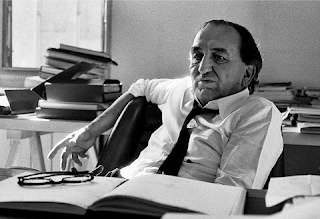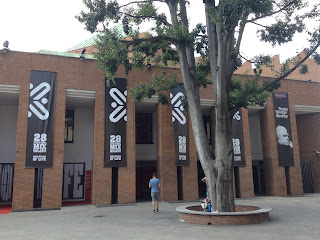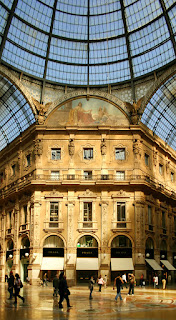Grammy Award-winner has sold more than 70 million records
 |
| Laura Pausini |
Pausini's records have sold more than 70 million copies worldwide, more than both Zucchero and Eros Ramazzotti, two giants of Italian popular music. The figure is all the more remarkable for the fact that Pausini has only scratched the surface of the English-language market, which is by far the most lucrative.
She records mainly in Italian but has also enjoyed considerable success with recordings in Spanish and, more recently, in Catalan. She is the first non-Spanish artist to sell more than a million copies of a single album in Spain.
Pausini's background and upbringing always made it likely she would pursue a career in the music industry.
Her father, Fabrizio, is a pianist who played as a session musician for Abba's Anni-Frid Lyngstad and with a group from which was formed the best-selling Italian band Pooh. Later in his career, after he had established himself as a piano bar artist, he encouraged Laura to sing. Her first live performance, in front of an audience, came when she sang with her father in a restaurant in Bologna.
More performances followed and after she had taken part in a number of singing competitions her talent came to the attention of an Italian producer, Angelo Valsiglio, who asked her to sing a song that would in time become a Pausini classic.
That song, La Solitudine, was released as a single in February 1993. With it, Pausini won the 43rd Sanremo Music Festival and reached number one in the Italian singles chart. It also reached top spot in Belgium and charted at number two in the Netherlands.
La Solitudine featured on her debut album, Laura Pausini, released later in 1993. She has since record 11 more studio albums, the latest of which, Simile, was released in 2015, plus a number of compilations, live recordings and collaborations with other artists. Her last five studio albums have reached number one in the Italian album charts.
Pausini has also had five number one singles in Italy, including Limpido, in 2013, on which she collaborated with the Australian superstar, Kylie Minogue.
 |
| Laura Pausini during her 2010 world tour to promote her album Inedito |
The winner of one regular Grammy Award and three Latin Grammy Awards among numerous honours, Pausini was made a Commander Order of Merit of the Italian Republic in 2006.
She has a three-year-old daughter, Paola, with her partner, the guitarist, composer and music producer, Paolo Carta.
Travel tip:
Solarolo, in Emilia-Romagna, a little under 40 kilometres from Ravenna and about halfway between Bologna and Rimini, is an elegant town of some 4,500 inhabitants, notable for being on the front line of battles between German troops and the British 8th Army towards the end of the Second World War, due to its strategic location close to the River Senio. Its main sights include the Santuario della Madonna della Salute.
 |
| Tagliatelle alla Bolognese |
Bologna, where Pausini made her performing debut, appropriately in a restaurant, is known as the gastronomic capital of Italy, the city that invented tortellini and mortadella and gave the world the meat sauce (ragù) known as bolognese, which is authentically served with tagliatelle rather than spaghetti.
(Photos of Laura Pausini by LivePict.com and Valentini17 CC BY-SA 3.0)
(Tagliatelle photo by D Sharon Pruitt CC BY-SA 2.0)
More reading:
Little Tony - 60s pop star inspired by Little Richard
Also on this day:
1915: The birth of film director Mario Monicelli
1945: The birth of businessman and former Inter chairman Massimo Moratti
Home















